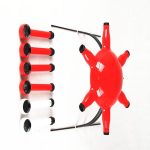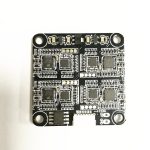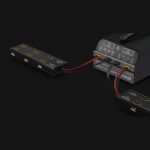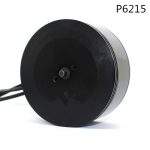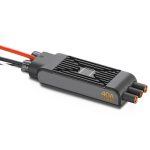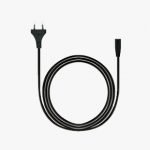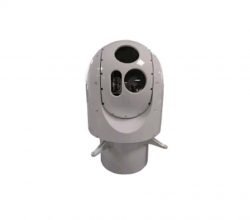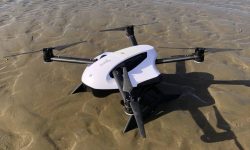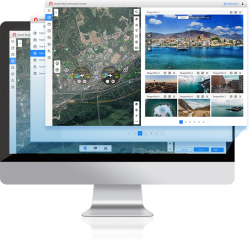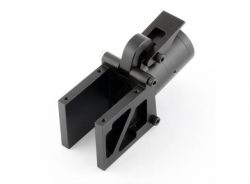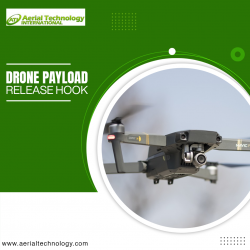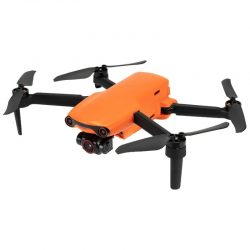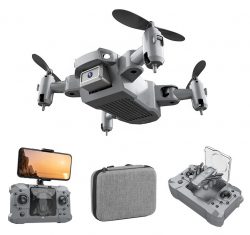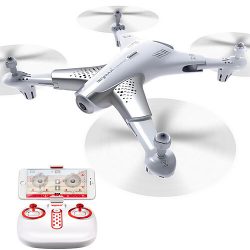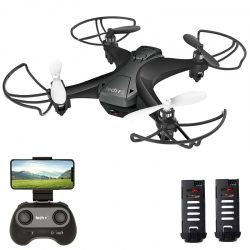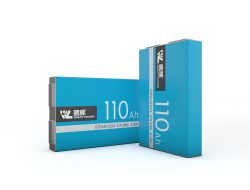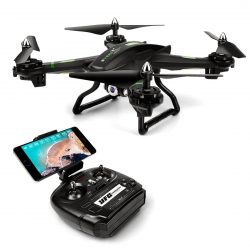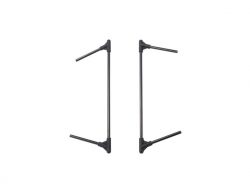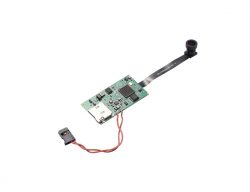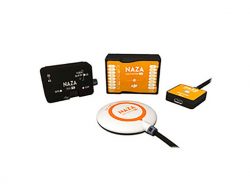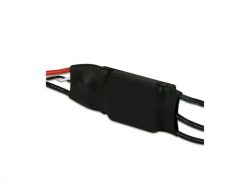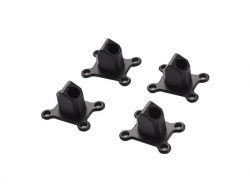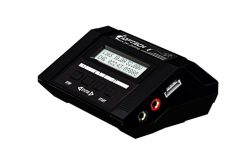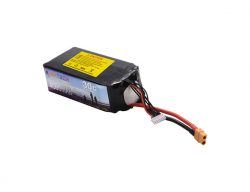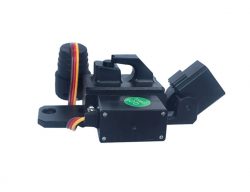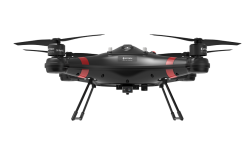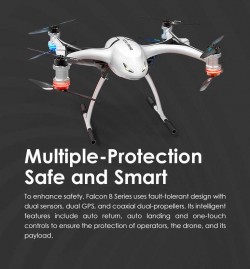Drone ESC
Choosing a motor/battery/ fpv drone ESC combo is a combination of science, guess-work, and magic! Here is a process to select the “right” motor, ESC and battery.
(1) Estimate the AUW (“All-Up-Weight”) of the plane;
(2) Select a motor and propeller with (a) the proper thrust, and/or (b) the proper power, given the estimated AUW;
(3) Determine the battery voltage compatible with the motor;
(4) Determine what flight times you want;
(5) Select a battery with the desired voltage and capacity;
(7) Determine the resulting current flow in Amps; and
(6) Select an ESC compatible with motor type (brush or brushless motor), and battery type (NiCD, NiMH and/or Li-poly) that can handle the maximum current your motor and prop will draw.
After selecting a motor, the next logical step is to select a brushless electronic speed controller (ESC) that matches your motor. The motor will have an Amp (A) rating, quadcopter ESC is good general practice to select an ESC rated for 30 percent or 10A more than the max current draw of your motor. Say I have a motor that pulls 10 amps. I do not want to buy an ESC that is rated for 10 amps. I would want to get an ESC that is rated for 15 or 18 amps. It is always good to go higher. The higher amp-rated ESC you get the less heat will be radiated.
Speaking of heat, this ESC can get very warm at times! That’s why it is important to get an ESC with an amperage rating higher than your motor or your motor will pull too many amps through the ESC and cause the ESC to overheat and possible catch fire.
Brushless Speed Controller ESC Types
For base on motor, ESC can be divided into brushed and brushless. It according to the control signal to adjust the speed of the motor.
Brushed and brushless
For their connection, control ESC usually goes like this:
The ESC input line connected to the battery;
The output of the ESC line (brushed have two lines, brushless have three lines) connected to the motor;
ESC signal lines connected to the receiver.

